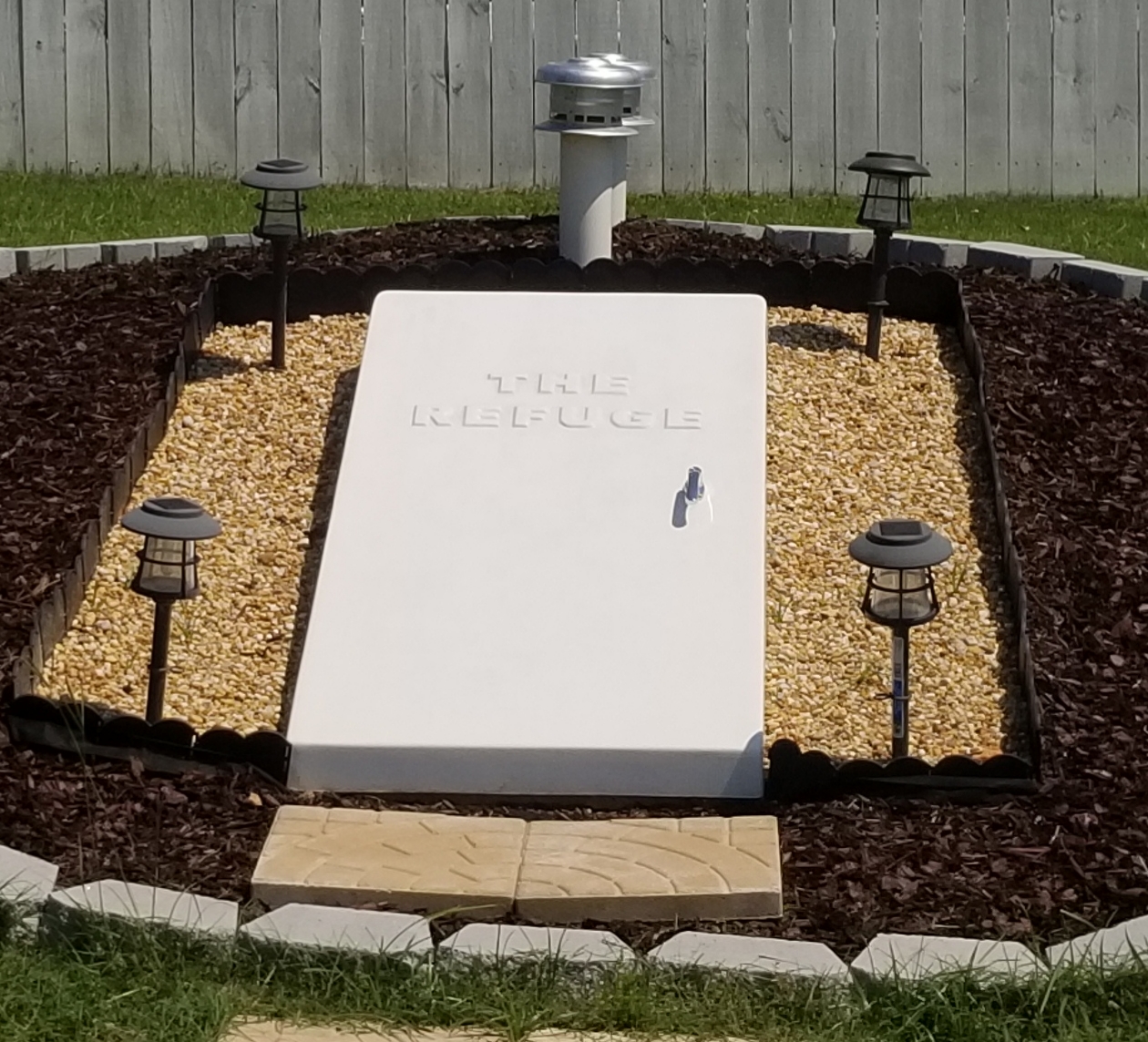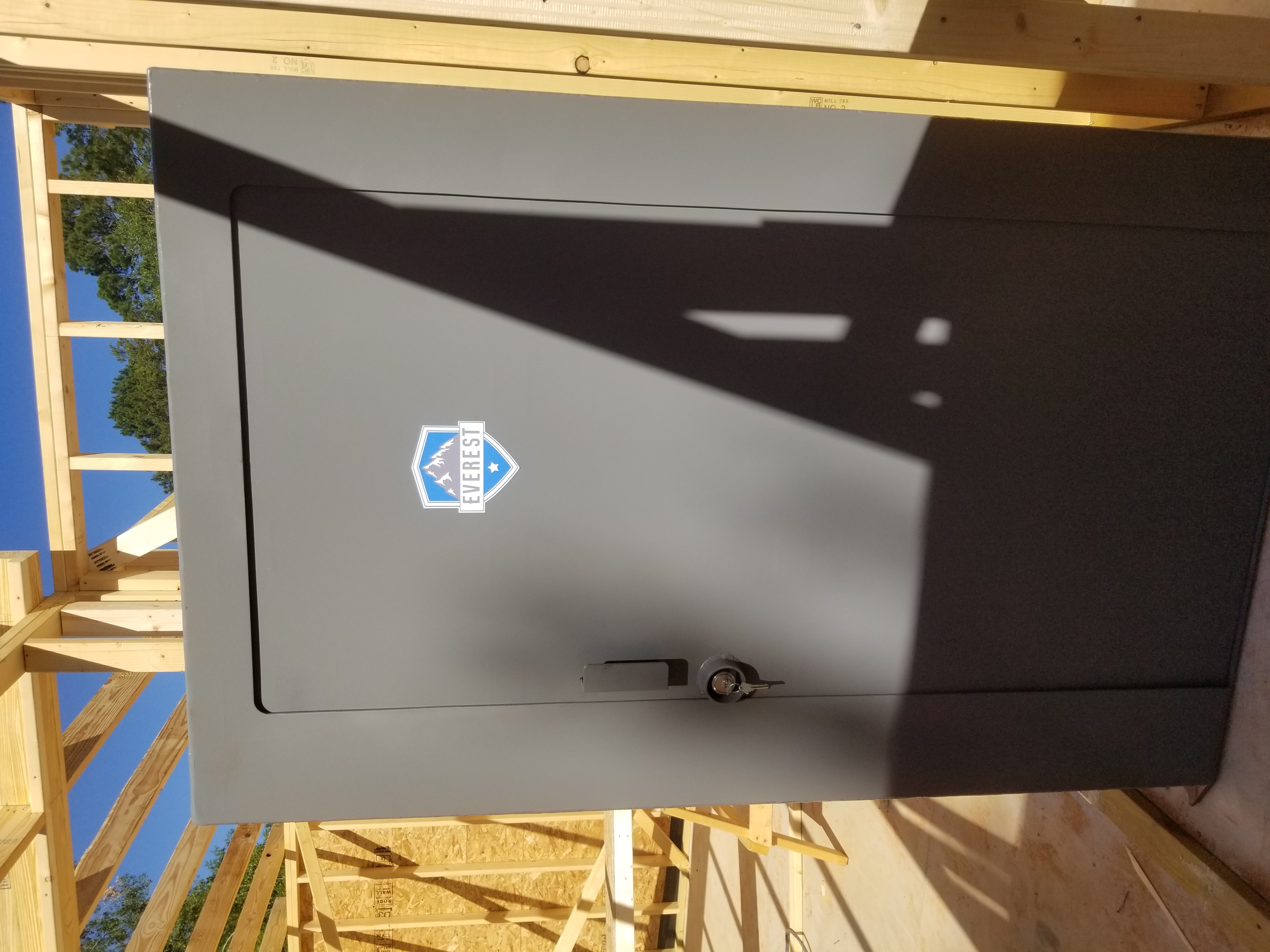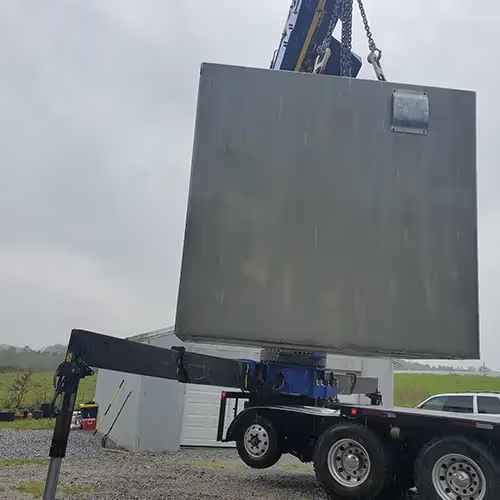Must-Have Supplies for Your Above Ground Tornado Shelter


Have you ever wondered if your above ground tornado shelter is truly ready when disaster strikes? It’s easy to assume that simply having a shelter means you’re protected, but when strong winds hit and seconds count, being stocked with tornado shelter essentials and a comprehensive emergency survival kit can make all the difference. The last thing you want is to realize you’re missing critical storm safety gear or safe room supplies in the middle of an emergency.
An above ground storm bunker can save lives if it’s properly equipped. Stocking it with disaster preparedness items and tornado survival tools ensures that you and your family can respond quickly and safely. Items like weather emergency equipment, emergency water storage, and long-term food supply can provide vital support when access to outside resources is impossible. Even simple items like first aid kits for storms and emergency blankets can reduce panic and protect against injury or exposure.
Having the right supplies isn’t just about convenience; it’s about maintaining calm and confidence in a high-stress scenario. When everything from portable generators for shelter to shelter communication devices is at hand, you reduce stress, improve safety, and enhance the ability to respond effectively. This guide will help you create a complete checklist of tornado shelter essentials, offering strategies for storing, rotating, and maintaining your supplies year-round.
Understanding Above Ground Tornado Shelters
Tornado shelters have come a long way from the underground bunkers of decades past. Historically, most shelters were built below ground to protect families from flying debris and collapsing structures. However, advances in engineering and materials have made above ground tornado shelters a safe and practical alternative. Today, many homeowners prefer them because they are easier to access, especially for those with mobility issues or limited yard space.
An above ground storm bunker, sometimes called a safe room, is designed to withstand extreme wind forces and debris impacts. These shelters are securely anchored and often feature advanced shelter insulation materials to enhance comfort and durability. Unlike traditional basements, above ground shelters can be installed in garages, homes, or as standalone units, making them easy to reach during emergencies. Many also include storm-proof lighting, ventilation systems, and battery-powered radios for communication.
The rising popularity of above ground designs is backed by FEMA testing standards and EF-5 level certifications. Homeowners are also exploring DIY above ground tornado shelters as cost-effective options. Regardless of type, a well-stocked shelter with emergency blankets, portable generators, fire extinguishers, and first aid kits ensures readiness, safety, and survival. Understanding these improvements lays the groundwork for building a fully prepared and secure shelter space.
The Essentials Every Above Ground Tornado Shelter Needs
When it comes to tornado preparedness, a strong shelter is only half the equation; what’s inside matters just as much. Stocking your above ground tornado shelter with the right supplies ensures safety, comfort, and calm when storms hit. Think of it as creating your own emergency hub—one that keeps everyone sustained and safe until help arrives.
Key Categories of Supplies:
- Emergency Food and Water – Maintain at least a three-day supply of non-perishable food and emergency water storage for each person. Canned goods, ready-to-eat meals, and long-term food supply packs work best.
- First Aid Kit – Include bandages, antiseptics, pain relievers, and prescription medications. A first aid kit for storms can handle injuries until medical help arrives.
- Communication Tools – Keep a battery-powered radio, flashlights, and a charged power bank to stay connected.
- Comfort and Warmth – Emergency blankets, extra clothes, and sturdy shoes reduce stress during long waits.
- Tools and Safety Gear – Tornado survival tools, multi-tool kits, whistles, and dust masks aid in post-storm recovery.
- Shelter Maintenance & Safety – Items like fire extinguishers, storm shutters, and ventilation systems maintain functionality.
These essentials work together to provide safety, comfort, and peace of mind during any severe weather event.
Why Stocking Your Tornado Shelter Makes All the Difference
Preparing your above ground tornado shelter isn’t just about having supplies—it’s about peace of mind. Tornadoes can develop in minutes, and when that happens, every second matters. Having your shelter properly equipped with tornado shelter essentials, emergency survival kits, and storm safety gear ensures you can survive and stay calm even in the most unpredictable moments.
Benefits include:
- Peace of Mind – Knowing that essentials like emergency water storage and food are ready helps reduce panic and anxiety.
- Safety and Survival – Tornado survival tools, first aid kits, and protective helmets can prevent serious injuries.
- Comfort During the Wait – Emergency sleeping bags and flashlights keep everyone safe and comfortable until help arrives.
- Faster Recovery – Tools and shelter organization solutions allow quick cleanup and assessment after the storm.
- Family Readiness – Conducting tornado drills helps ensure everyone knows what to do.
Stocking the right supplies ensures your shelter supports survival and recovery, turning panic into preparedness and uncertainty into control.
Maintaining a Well-Stocked Tornado Shelter
Even a well-equipped shelter needs regular upkeep to stay effective. Supplies can expire, batteries lose charge, and food can spoil. That’s why consistent maintenance is crucial to ensure your shelter remains reliable and ready year-round.
Tips for Shelter Maintenance:
- Create a Seasonal Checklist – Inspect all disaster preparedness items and emergency survival kits twice a year.
- Rotate Items – Use older non-perishable food first and replace with new stock.
- Organize by Category – Group supplies like tornado survival tools and comfort items for easy access.
- Set a Budget – Add upgrades like portable generators, fire extinguishers, or lighting gradually.
- Keep an Inventory – Track communication devices, protective equipment, and shelter materials to prevent shortages.
Routine inspection and maintenance ensure your shelter stays fully functional, providing your family confidence that everything is ready when a storm approaches.
Preparing and Maintaining Your Shelter
A proactive plan ensures that your tornado shelter remains organized, efficient, and truly ready when needed.
Step-by-Step Guidance for Shelter Readiness:
- Assess Your Space – Decide where to store your survival kit and long-term food supply.
- Make a Supply List – Use FEMA or tornado shelter requirements as your guide.
- Gather and Organize – Label containers for multi-tools, medical kits, and food rations.
- Create a Maintenance Routine – Check radios, flashlights, and generators every few months.
- Conduct Family Drills – Ensure everyone knows the plan and can reach the shelter quickly.
Using checklists and guides simplifies organization while ensuring your shelter remains safe and fully equipped.
Future of Tornado Shelter Preparedness
The future of storm protection is smarter, stronger, and more connected. Advancements in shelter technology are making preparedness easier and more effective.
Emerging Trends:
- Smart shelters featuring emergency power supply systems and communication tools.
- Sustainable construction using reinforced concrete and eco-friendly insulation.
- Modular and customizable designs for flexible space use.
- Automated inventory tracking for food and emergency survival kits.
- Community shelter networks improving accessibility during widespread weather events.
These innovations are turning shelters into safe, comfortable, and connected spaces, ensuring families are better prepared for the storms of tomorrow.
Building Confidence Through Preparedness
Preparedness builds confidence. When you take the time to equip your shelter with tornado shelter essentials, survival tools, and comfort items, you’re not just stocking a room—you’re building resilience.
Start small by adding one or two items to your inventory each month. Review your emergency plan, test communication devices, and teach family members what to do. Consistent effort ensures you’re never caught off guard.
Whether you rely on a professionally installed unit or explore DIY above ground tornado shelters, being prepared means being confident, calm, and ready—no matter what the forecast brings.




